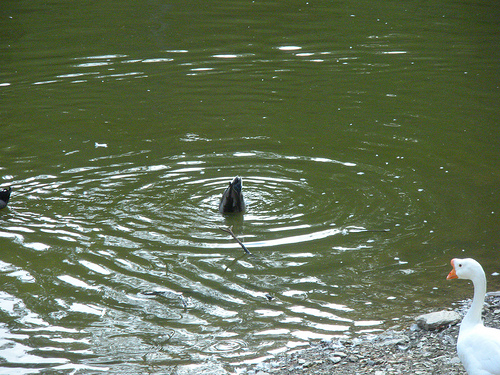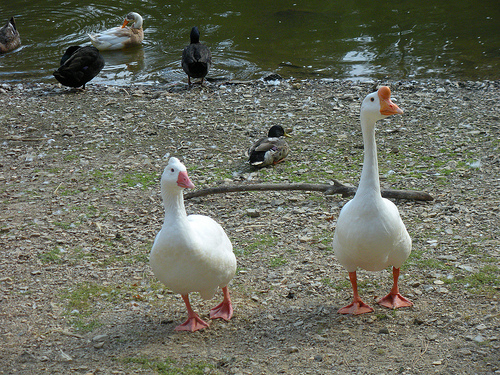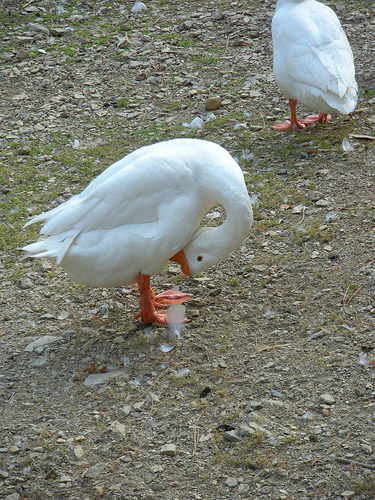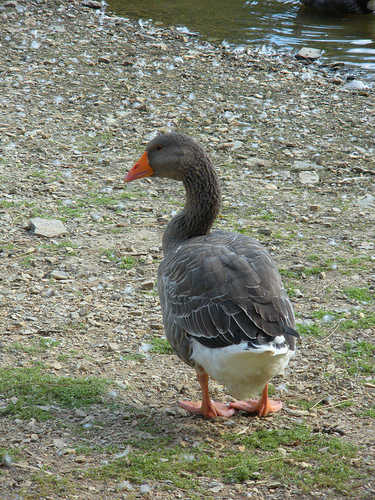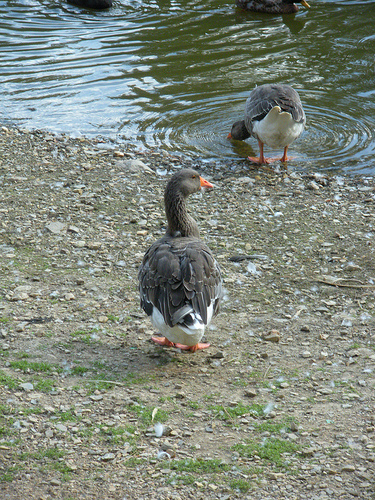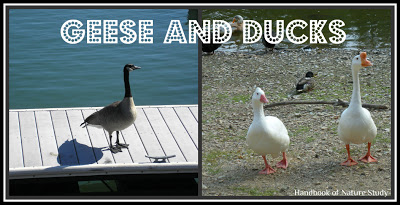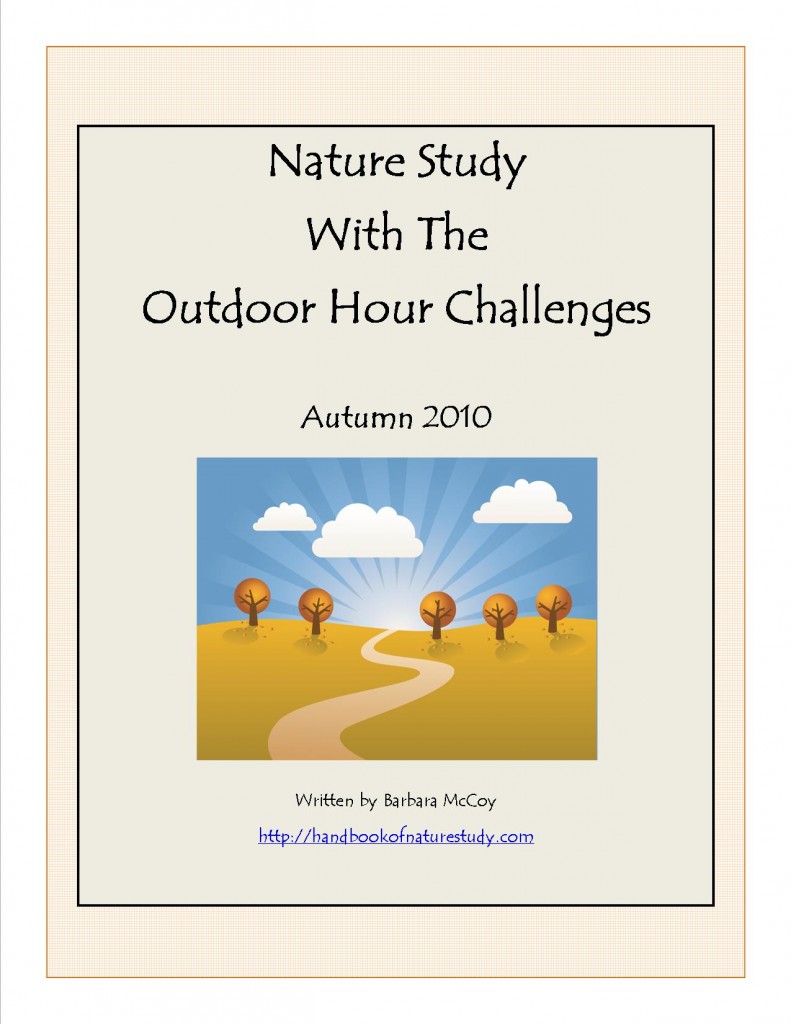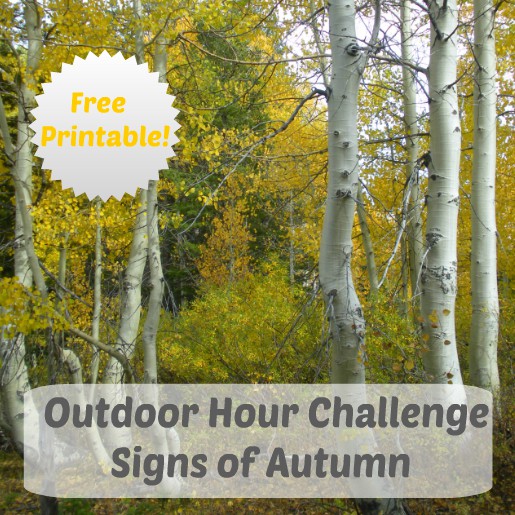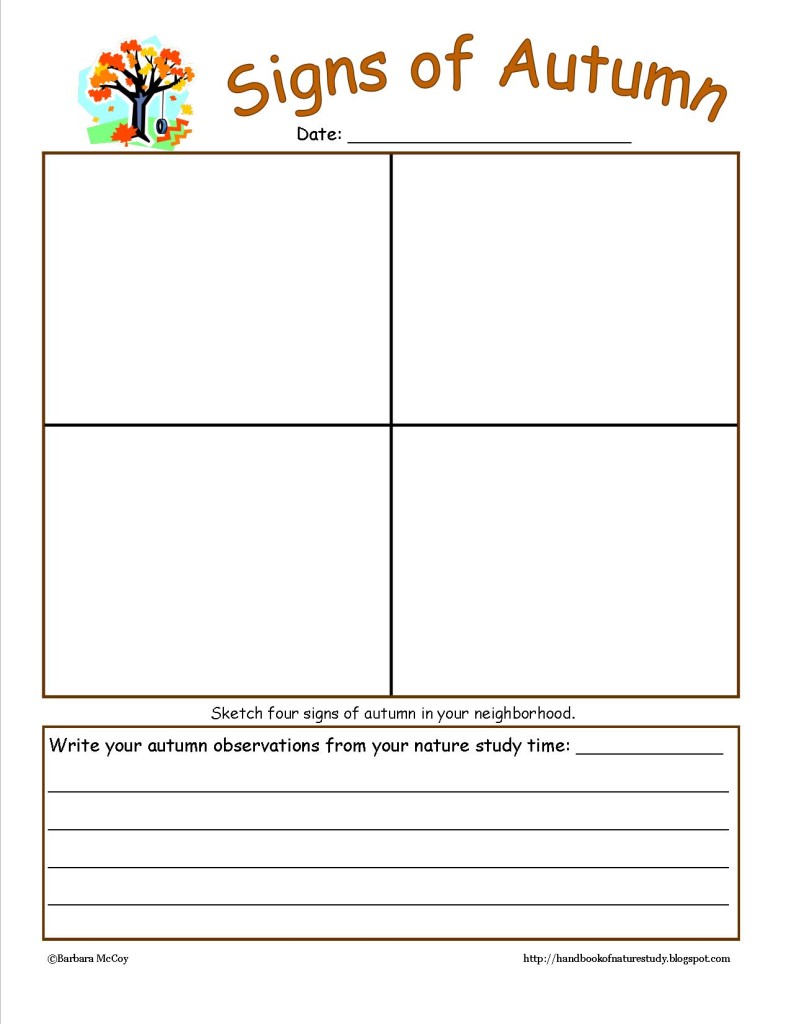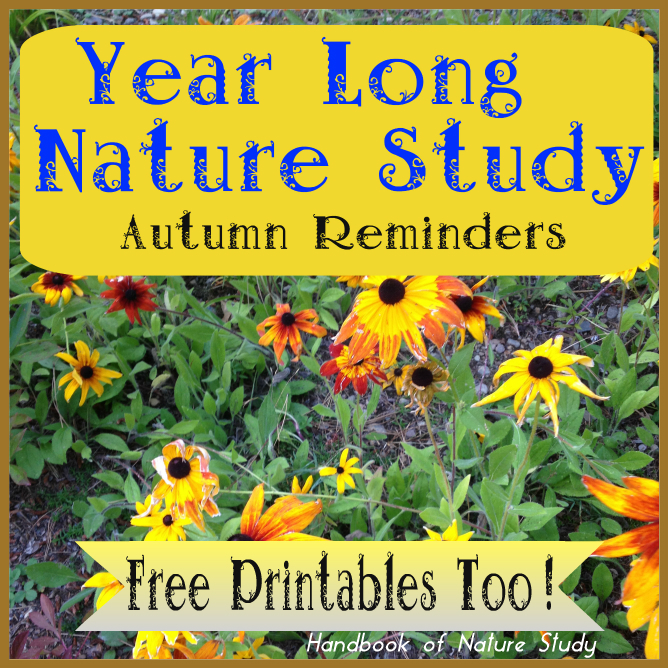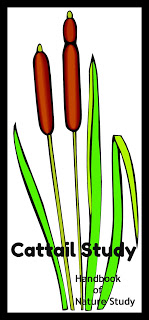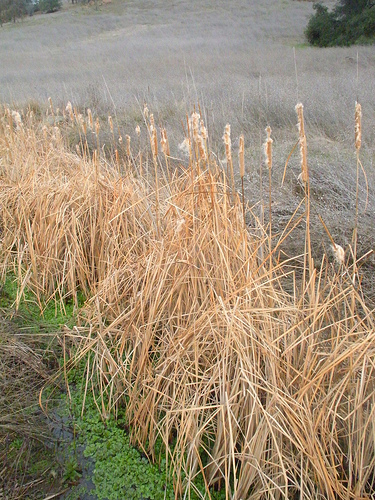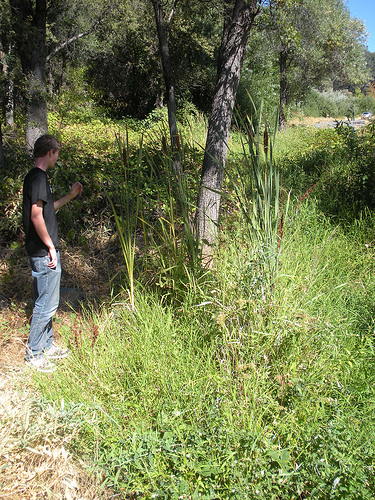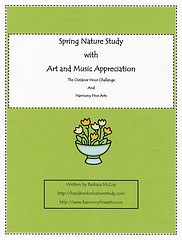
Photo by my son Mr. A of Cedar waxwings in our front yard.
This is our blog entry for the Spring Series of Outdoor Hour Challenge-Bird Study #3.
I have discovered that learning about birds comes in layers.
- You start noticing the birds in your yard or neighborhood.
- You discover that you indeed have birds in your yard and then develop a desire to know their name.
- Start to notice the colors, beaks, sizes, etc so you can identify the bird using your field guide.
- Find yourself reading the field guide just for fun.
- Start noticing birds as you drive around town for your daily activities. Begin to see birds everywhere and wonder what their story is. The story becomes part of the fun of birding. Does this bird live in your neighborhood or is it a visitor? What does the bird eat? How does it makes its nest? How does it fit into the habitat of your neighborhood?
- Now you want to take a few special day trips to places you might see new birds. You notice a pond and you look for water birds. You visit a park with a wooded area and you go on the hunt for some new birds, perhaps a woodpecker.
- You pack a compact pair of binoculars in your purse just in case you might need them.
- You get a second copy of the field guide to carry in the car.
- Now you want to keep track of your birds, listing those you have seen and identified.
- You dream of seeing certain birds you have only studied in the field guide. It is like a treasure hunt only with birds.
Now in our family, we are at the point where we can hear lots of unidentified birds and we want to know who they are. As we hike along, many times the birds are high up in the trees and they are well hidden from sight but we can hear them loud and clear.
This is where this challenge has really challenged our family.

We chose three birds to learn the calls for this week, keeping them in mind as we go outdoors. We picked the Red-tailed hawk, the American robin, and the Oak titmouse.
We decided that the hawk we hear many times each week is not the Red-tailed hawk but the Red-shouldered hawk. We are now going to take our good binoculars with us to see if we can get a good visual of the hawk the next time we see him soaring overhead. Now that we have armed ourselves with some good visual descriptions, we feel that we can tell the two hawks apart.
The boys surprised me when they said they didn’t know the song of the robin so they now know what to listen for in our yard. I hear the robin’s song early in the morning and I will point it out to them next time I hear it. The titmouse is one that I hear before I actually see him. His flight is so fast that it is easy to miss him but if we can listen for him in the trees, we will know he is there.
We have already picked out our next three birds to learn the songs for and it will fun as the weeks go by to increase our skill at identifying birds by their calls.
I purchased these two items last year and I have not used them as much as I would like to.
The IFlyer Wand and ScanBook: I saved up for this gadget and purchased it to help us identify birds by their calls. The wand reads the bar code of the bird in the book and it plays the bird call for you to listen to. You can also purchase stickers with the bar codes to put into your own bird field guide and scan those instead of the ScanBook that comes with the wand. This gadget isn’t as easy to use as I would like and I’m not sure at this point if it was worth the money. It is definitely fun to use but very expensive.
Someone told me that you can buy an app for your iPhone that does the same thing: iBird. They thought it was a great app but since I don’t have an iPhone, I haven’t checked it out personally.
Western Birding By Ear: This set of CDs helps you systematically work through bird calls. There are three CDs to listen to and a booklet to go along with the CDs. I think in the long run these CDs will be very beneficial and make the learning of bird calls much easier.
My boys have learned to use the iFlyer after going through this challenge. The CDs are now in our car and we will be listening to them as we do our weekly driving.
I look forward to hearing about your bird studies!
